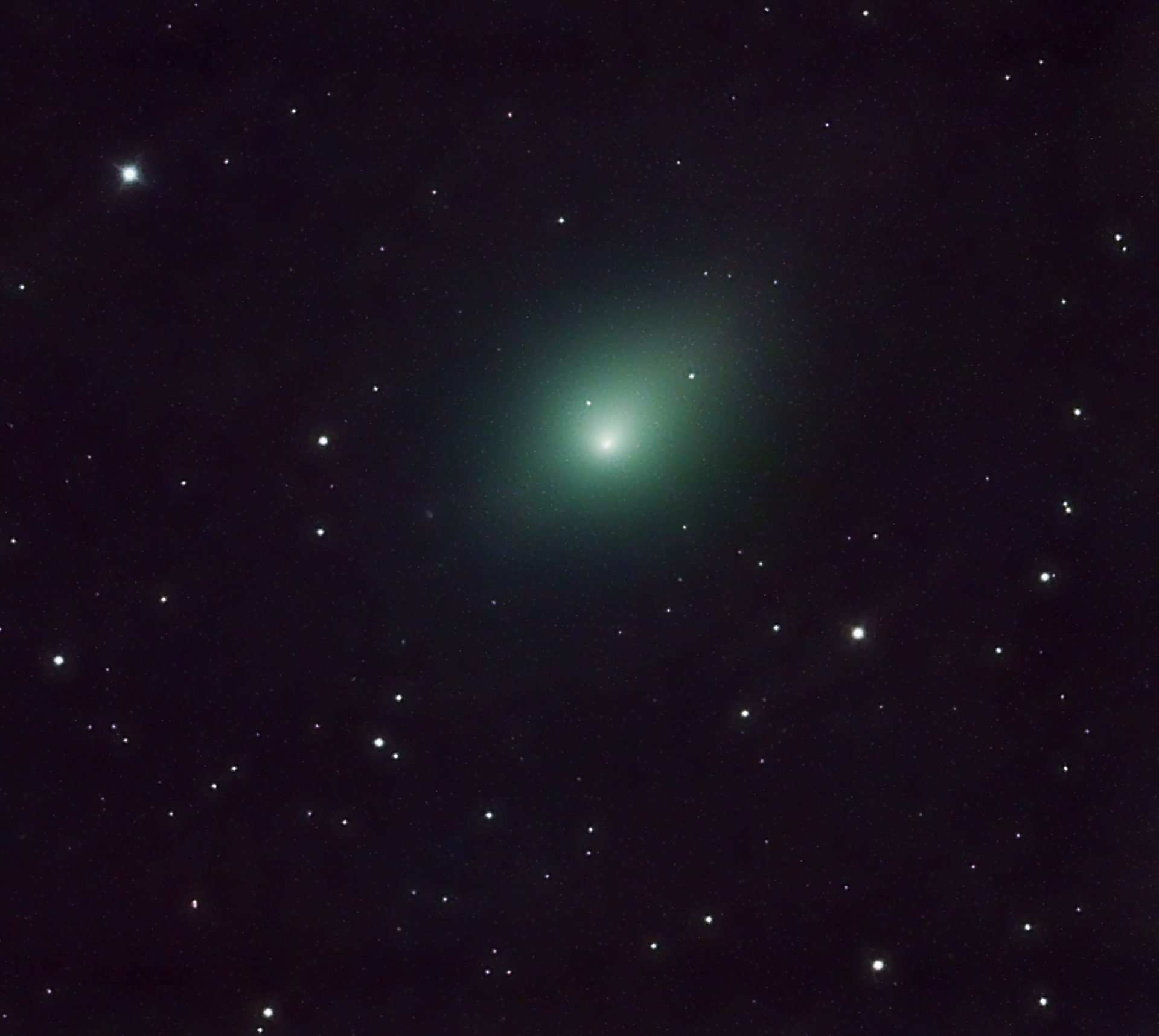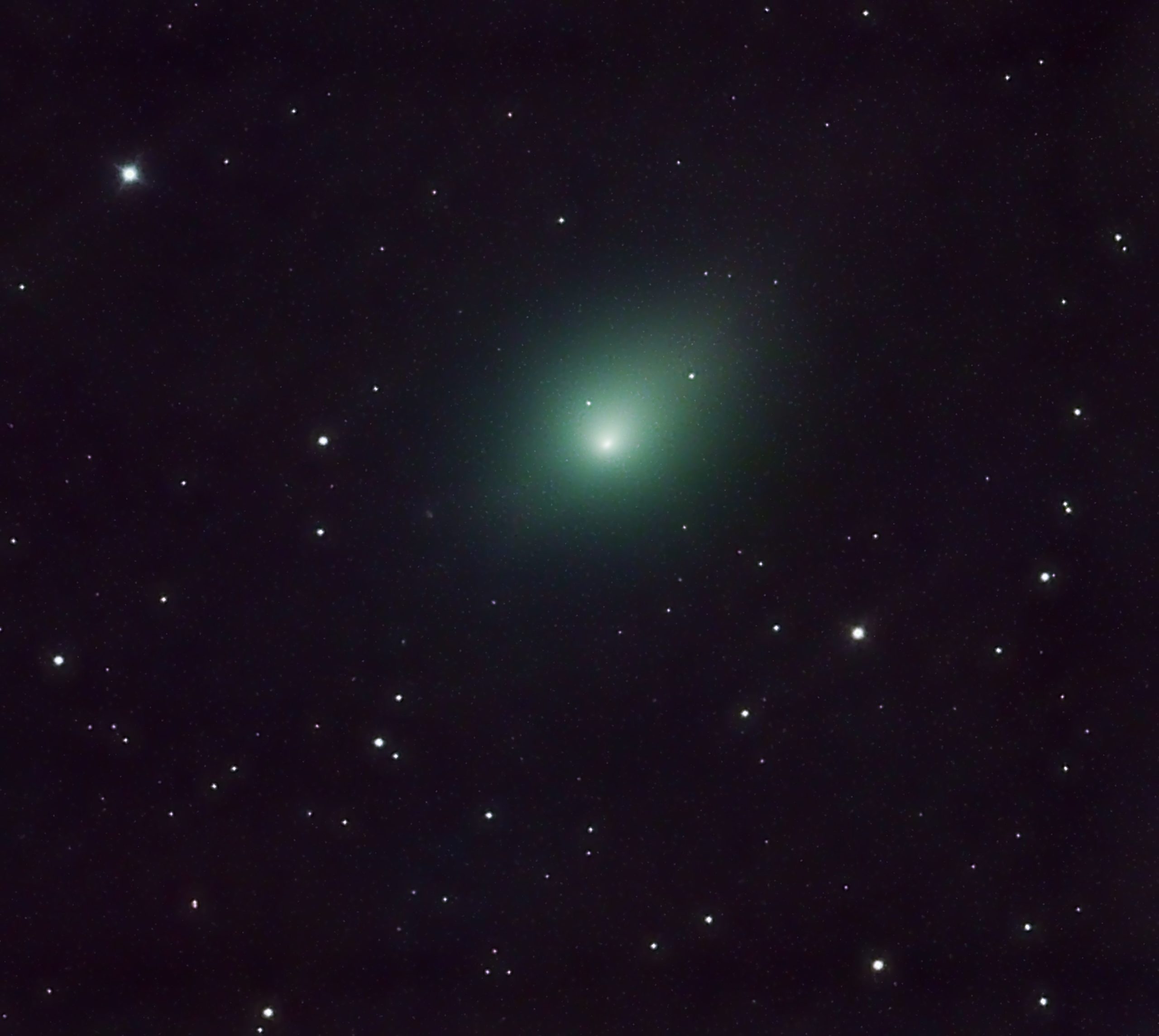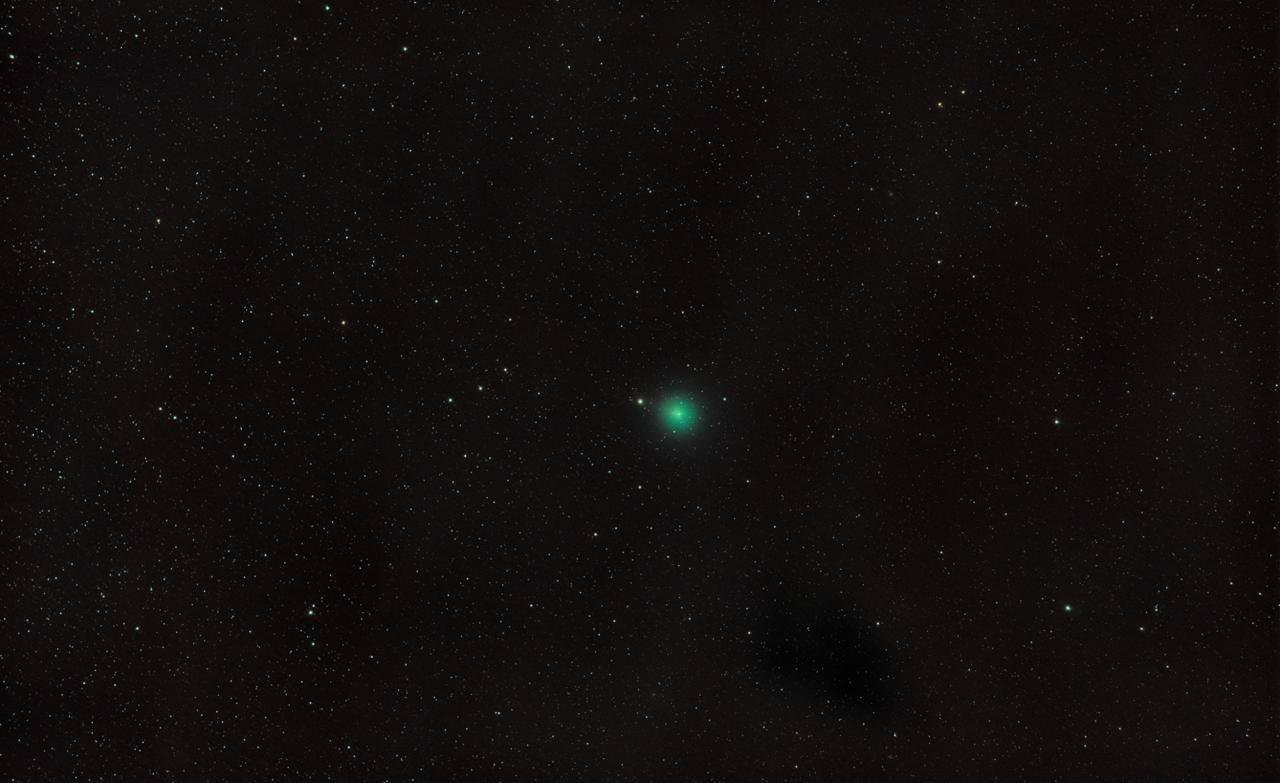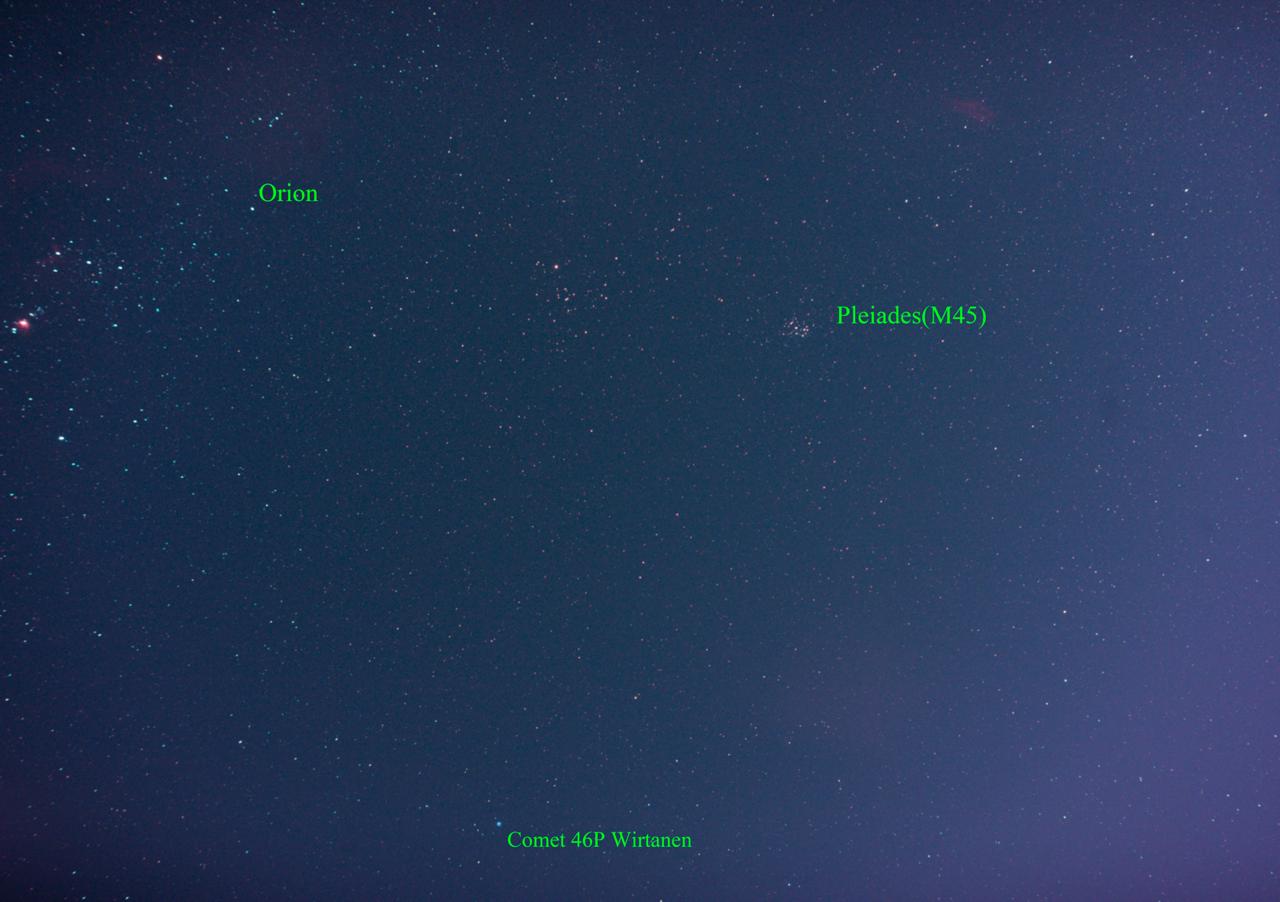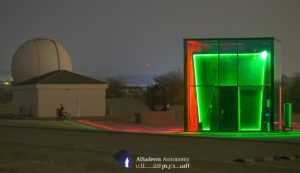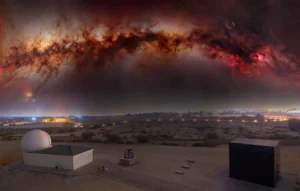Before 2018 comes to a close, the last comet of the year will make its nearest approach to Earth.
Comet 46P/Wirtanen, one of the three comets discovered in 1948 by American astronomer Carl Wirtanen, will be as bright as a third (3rd) or fourth (4th) magnitude star—which means it will be visible enough to be seen with the naked eye, especially in completely dark skies.
Expect its glitzy appearance near the constellation of Pleiades, or the Seven Sisters, on December 16, 2018 especially after midnight.
While it is relatively small, with a nucleus measuring only 1.1 kilometers (1/10 x of Halley’s Comet and 1/30 x of Comet Hale-Bopp), and it is also not expected to grow a spectacular tail, Comet 46P/Wirtanen is anticipated to be the brightest comet seen in the sky since C/2011 L4 (PANSTARRS) in April 2013.
Its visit in the night sky this year is also worth noting, because it is one of the 10 closest comet approaches that have occurred since 1950, according to the astronomy experts in the University of Maryland.
As per Space.com, comets are “icy bodies in space that contain dust, ice, carbon dioxide, ammonia, methane and more.”
They often orbit the Sun, and most astronomers believe that they come from a place in space called the “Oort Cloud,” which is found beyond Pluto.
Here are some recent captures (still images and animations) of Comet 46P/Wirtanen taken from Al Sadeem Observatory.
Stacked image of Comet 46P/Wirtanen taken on December 7, 2018 by Aldrin Gabuya using GSO RC8 telescope and ZWO1600MC CMOS camera
Wide Angle (Stacked) Imagery of Comet 46P/Wirtanen, Pleiades, and Orion constellation taken by Thabet Al Qaissieh last December 7, 2018 using Canon EOS 5D Mark IV DSLR Camera and Samyang 24mm lens
Animation generated from raw, unprocessed images taken on December 7, 2018 Thabet Al Qaissieh last December 7, 2018 using Canon EOS 5D Mark IV DSLR Camera and Samyang 135mm lens
Dancing with the “falling” stars
Comet 46P/Wirtanen’s appearance will coincide with the much-awaited annual display of the Geminid Meteor Shower that will peak in the mornings of December 13 to 14.
Geminids are debris of asteroid Phaethon that ignites the night sky with streaks of light that look like “falling stars” when the Earth sweeps through the debris’ path.
The Al Sadeem Astronomy Observatory is hosting an open house observation event on the night of December 13, 2018, Thursday, welcoming visitors to witness a celestial spectacle of about 50 meteors per hour.
References:
https://www.space.com/42575-see-comet-64p-wirtanen-earth-flyby-december-2018.html
https://www.independent.co.uk/news/science/astronomy/how-to-see-comet-wirtanen-december-stargazing-space-astronomy-geminids-a8664451.html
http://wirtanen.astro.umd.edu/46P/46P_2018.shtml

